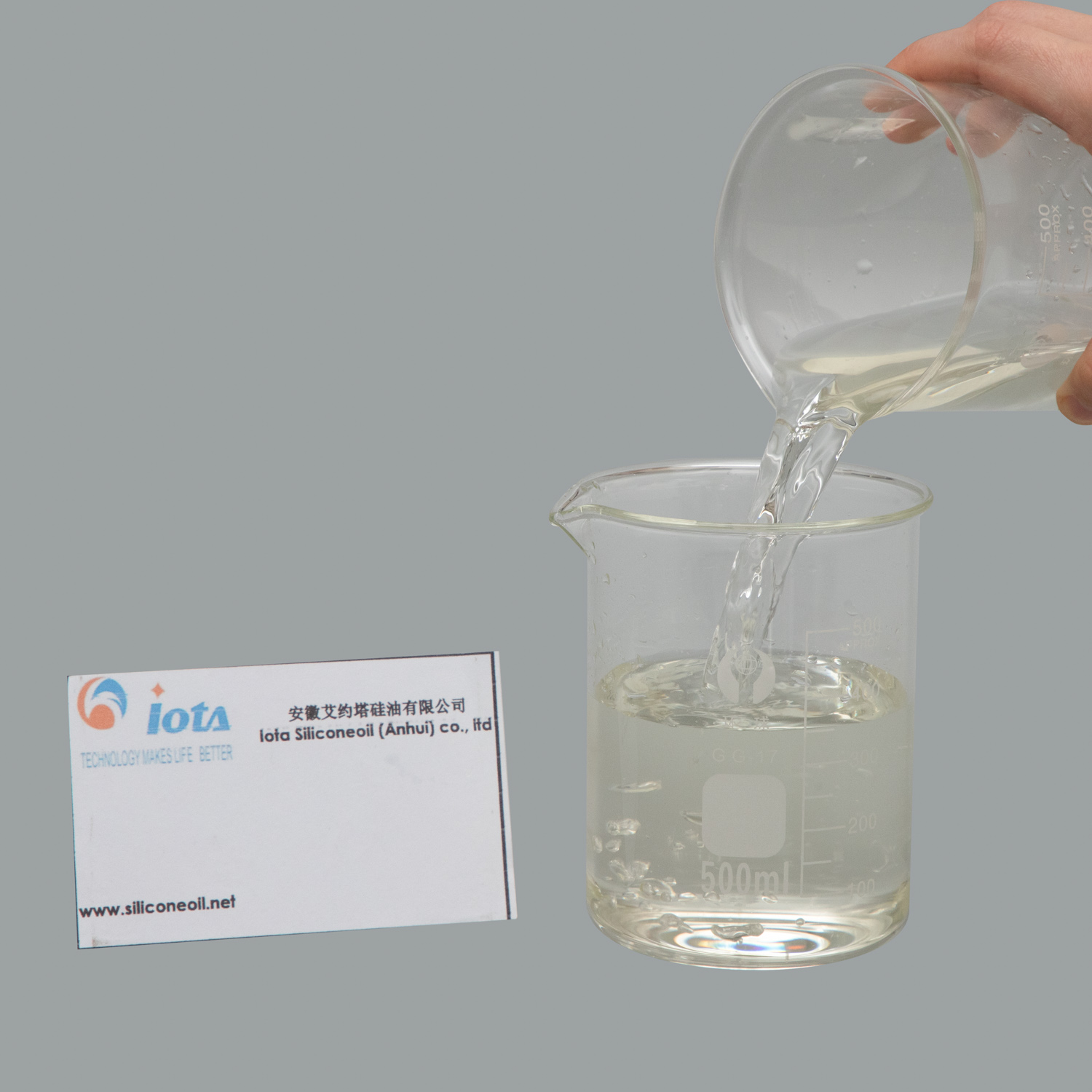 Abstract
Abstract
This paper explores the significant role of silicone in the development of flexible electronics. It analyzes how the properties of silicone contribute to the flexibility, durability, and functionality of electronic devices, and discusses the current trends and future prospects in this exciting field.
1. Introduction
The era of flexible electronics has dawned, promising a new generation of devices that can conform to various shapes and be integrated into unconventional substrates. Silicone, with its distinct set of properties, has emerged as a key enabler in this technological evolution. Flexible electronics have the potential to revolutionize multiple industries, from wearable technology to large - scale display applications.
2. Properties of Silicone Relevant to Flexible Electronics
2.1 Flexibility
Silicone is inherently flexible, which is a fundamental requirement for flexible electronics. It can be bent, twisted, and stretched without significant damage to its physical or electrical properties. This flexibility allows electronic components to be fabricated on flexible silicone substrates, enabling the creation of devices that can adapt to different forms. For example, in the development of flexible displays, the silicone substrate provides the necessary support while allowing the display to be rolled up or bent.
2.2 Dielectric Constant
Silicone has a relatively low and stable dielectric constant. In flexible electronics, this property is crucial for maintaining the performance of electrical components. A low dielectric constant reduces signal loss and crosstalk between different parts of the circuit. This is especially important in high - density flexible printed circuits, where multiple electrical signals need to be transmitted accurately.
2.3 Moisture Resistance
Moisture can be a major threat to the performance and lifespan of electronic devices. Silicone has excellent moisture resistance, which helps to protect the delicate electronic components on flexible substrates. In wearable electronics, where the device may be exposed to sweat or humid environments, the moisture - resistant property of silicone ensures the long - term reliability of the device.
3. Applications of Silicone in Flexible Electronics
3.1 Wearable Electronics
Silicone is widely used in wearable electronics. In smartwatches and fitness trackers, silicone is used to make the bands, which are not only comfortable to wear but also provide a protective layer for the internal electronics. Additionally, silicone - based substrates are used to fabricate flexible sensors that can be integrated into clothing. These sensors can monitor various physiological parameters such as heart rate, body temperature, and movement.
3.2 Flexible Displays
The development of flexible displays has been a major focus in the electronics industry. Silicone plays a vital role in this area. It is used as a substrate for organic light - emitting diode (OLED) displays, providing the flexibility required for applications such as roll - up displays for laptops or foldable smartphones. Silicone also acts as a protective layer for the display, preventing damage from external factors such as moisture and mechanical stress.
3.3 Flexible Printed Circuits
Flexible printed circuits (FPCs) are an essential part of flexible electronics. Silicone - based materials are used in the manufacturing of FPCs due to their flexibility, dielectric properties, and chemical resistance. FPCs made with silicone can be easily bent and shaped to fit into the compact and complex designs of modern electronic devices.
4. Current Challenges and Research Efforts
4.1 Integration with Other Materials
One of the challenges in using silicone in flexible electronics is the integration with other materials. Ensuring good adhesion between silicone and other components such as conductive metals or semiconductors can be difficult. Researchers are working on developing new adhesion promoters and surface treatment techniques to improve the integration process.
4.2 Performance at High Frequencies
As flexible electronics move towards higher - frequency applications, such as 5G and beyond, the performance of silicone - based materials at these frequencies needs to be improved. There is ongoing research to optimize the dielectric properties of silicone to reduce signal attenuation at high frequencies.
5. Future Outlook
The future of silicone in flexible electronics looks promising. With the continuous development of new manufacturing techniques, we can expect to see more advanced and complex flexible electronic devices. The use of silicone in emerging fields such as implantable medical electronics and smart textiles is likely to increase. As researchers overcome the current challenges, silicone will continue to be a key material in the evolution of flexible electronics, enabling the creation of innovative devices that enhance our daily lives and drive technological progress.
6. Conclusion
Silicone has become an indispensable material in the field of flexible electronics. Its unique combination of flexibility, dielectric properties, and moisture resistance has made it possible to develop a wide range of innovative electronic devices. Although there are still challenges to be addressed, the future of silicone in flexible electronics is bright, with the potential to transform multiple industries.
 Abstract
This paper explores the significant role of silicone in the development of flexible electronics. It analyzes how the properties of silicone contribute to the flexibility, durability, and functionality of electronic devices, and discusses the current trends and future prospects in this exciting field.
Abstract
This paper explores the significant role of silicone in the development of flexible electronics. It analyzes how the properties of silicone contribute to the flexibility, durability, and functionality of electronic devices, and discusses the current trends and future prospects in this exciting field.